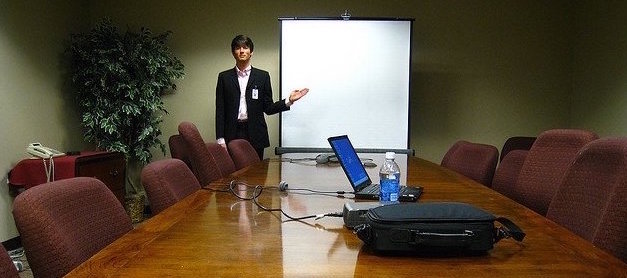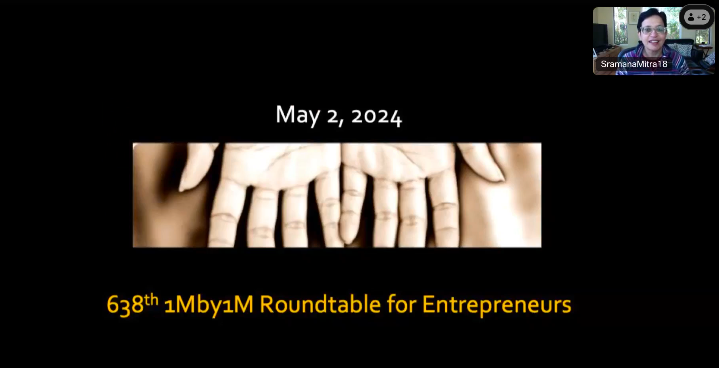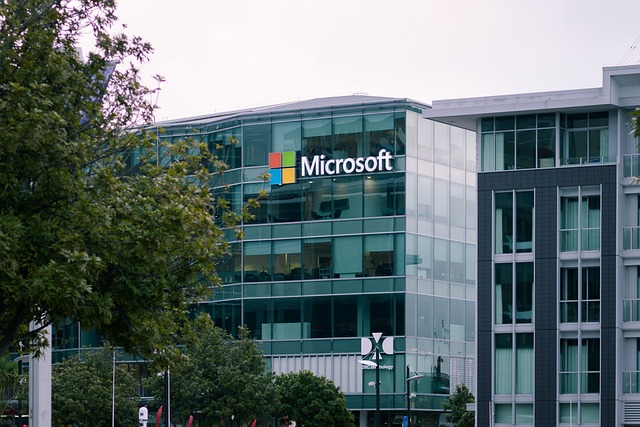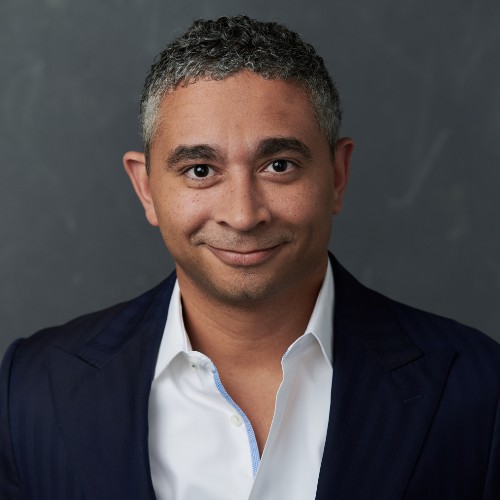A Serial Entrepreneur’s Journey into FinTech: Felix Rodriguez, Founder and CEO of finally (Part 3)
Sramana Mitra: And in those four months, what kind of metrics did you have to show to be able to raise the series?
Felix Rodriguez: I’ll never forget how the numbers went. In the first month, our revenue was $4K. Then it was $16K, $40K, and then $80K. It was really a driver of if I spend more on ads, I’d get more customers. I was building a partner network to be able to convert those bookings into actual customers that actually use the service.
>>>Featured Videos
May 9 – 639th 1Mby1M Mentoring Roundtable for Entrepreneurs

Entrepreneurs are invited to the 639th FREE online 1Mby1M Mentoring Roundtable on Thursday, May 9, 2024, at 8 a.m. PDT / 11 a.m. EDT / 5 p.m. CEST / 8:30 p.m. India IST.
If you are a serious entrepreneur, register to “pitch” and sell your business idea. You’ll receive straightforward feedback, advice on next steps, and answers to any of your questions. Others can register to “attend” to watch, learn, and interact through the online chat.
You can learn more here and REGISTER TO PITCH OR ATTEND HERE. Register and you will receive the recording by email, even if you are unable to attend. Please share with any entrepreneurs in your circle who may be interested. All are welcome!
638th 1Mby1M Roundtable Recording
In case you missed it, you can listen to the recording of this roundtable here:
Video FAQs
Can 1M/1M Help Me Raise Money?
How Does 1M/1M Democratize Entrepreneurship Education?
How Does 1M/1M Democratize Management Consulting?
When Is The Right Time To Join 1M/1M?
Can 1M/1M Help Me With Business Development?
Can 1M/1M Help Me With Market Sizing?
Can 1M/1M Help Me Validate My Product?
Will I Have Private 1-on-1 Sessions In 1M/1M?
How Does 1M/1M Help Entrepreneurs Connect With Silicon Valley?
Mentoring or Consulting?
Why Does 1M/1M Charge $1000 a Year?
Why Does 1M/1M Partner With Local Organizations?
Why Don\’t Mentoring Networks Work?
Why Is It Important To Study With 1M/1M Now?
Dan Stewart Story
Vikrant Mathur Story
Roundtable Recap: May 2 – You Cannot Raise Money Without a Validated Positioning

During this week’s roundtable, we had extensive discussions on Positioning and TAM.
Myna Insights
We had Abishek Stanley from Philadelphia, Pennsylvania pitch Myna Insights. The company needs a change in positioning. It’s an excellent case study to learn more about the subject.
You can listen to the recording of this roundtable here:
Cloud Stocks: Microsoft Sees High Adoption of its AI Platform

Last week, Microsoft (Nasdaq: MSFT) announced its third quarter results that exceeded analyst estimates driven by its AI momentum. However, its weak outlook brought down the momentum in its share price.
>>>A Serial Entrepreneur’s Journey into FinTech: Felix Rodriguez, Founder and CEO of finally (Part 2)
Sramana Mitra: Okay. What were the other startups that you were working on at this point?
Felix Rodriguez: Immediately after that, we were thinking that for this company that has over 50 people, what could I and a couple of other engineers build that’s more automated. We were really passionate about automation. I think people call it AI now. But we were thinking about how could we automate the publishing business. We had a website business where we had a bunch of web designers. So, in order to get traffic on the web, you have to put content, right? And Google was starting to really take off.
>>>A Serial Entrepreneur’s Journey into FinTech: Felix Rodriguez, Founder and CEO of finally (Part 1)

Felix has done nine ventures and sold several of them. He is currently building a venture-funded,
AI-enabled FinTech venture. Really intelligent, scrappy maneuvering in various alleys of online entrepreneurship.
638th 1Mby1M Roundtable for Entrepreneurs Starting NOW: Live Tweeting by @1Mby1M
Today’s 638th FREE online 1Mby1M Roundtable for Entrepreneurs is starting NOW, on Thursday, May 2, at 8 a.m. PDT / 11 a.m. EDT / 5 p.m. CEST / 8:30 p.m. India IST. CLICK HERE to join. PASSWORD: startup All are welcome!
